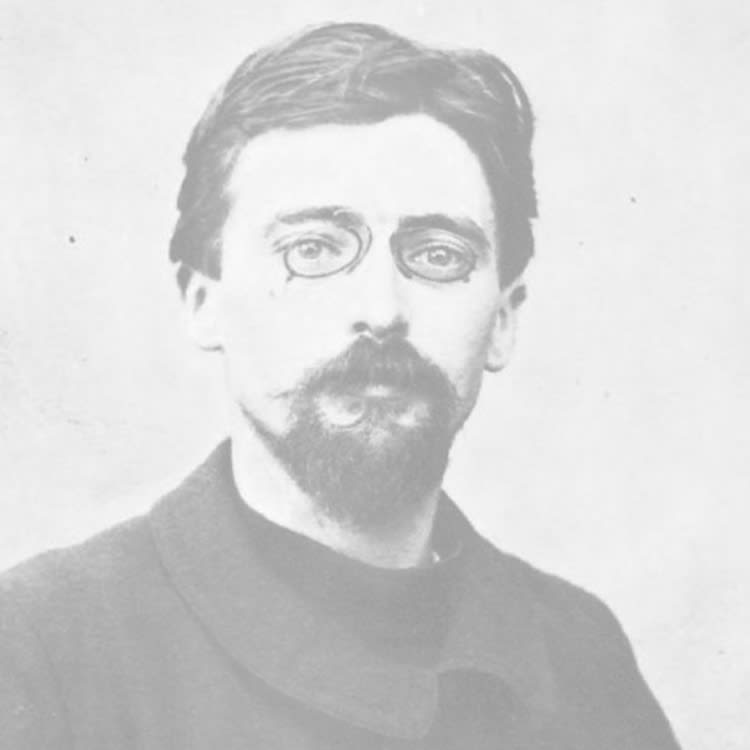GUSTAVE LOISEAU 1865-1935
Gustave Loiseau is a Post-Impressionist artist, whose works are exhibited at the HELENE BAILLY gallery.
Gustave Loiseau, born in Paris, France, in 1865, spent his whole childhood in Pontoise, France, which was the city where his parents came from. Son of a butcher’s family, the young man first became apprentice pork butcher when he was 15. At that time, he went to Montmartre, Paris, France and met Fernand Quignon, landscaper, who would teach him painting. He decided then to fully devote to it in 1887 by integrating decorative arts school.
From 1890, considering Fernand Quignon's advices, Gustave Loiseau spent all his summers in Pont-Aven, France, in order to join painters Maxime Maufra and Henry Moret. Paul Gauguin also spent there a lot of time so he provided him guidance. In 1894, he took part in the 6th, 7th and 8th exhibitions of impressionist and symbolist painters at Barc de Bouteville in Paris, France.
In 1897, the Durand-Ruel gallery began to get some Gustave Loiseau's artworks. One year later, the gallery exhibited him regularly in Paris and New York City.
In 1901, the Durand-Ruel gallery dedicated a first personal exhibition to him while Georges Manzana-Pissarro's artworks were exhibited at the same time. Gustave Loiseau bought then a Manzana-Pissarro's painting and it was the beginning of a true friendship between both of the artists.
From 1904, Gustave Loiseau left to live in Pontoise, France, considered as a strategic place for the artist who liked to paint the Oise River waterfronts. As a result, he painted there several canvases that represented the city and its surroundings. As he belonged to the postimpressionism movement, he painted numerous rural and countryside scenes, many still lives at the end of his life, but not many portrays. He also provided many paintings that depicted waterfront landscapes in Paris, in Normandy or in Brittany.
Even if Gustave Loiseau drew from artists such as Monet or Pissarro who influenced him, he offered artworks from which emanated his singular and original sensibility. Indeed, the painter worked with light differently because he painted at unusual hours of the day. He achieved to represent in his canvases air and sky transparency as well as water fluidity by making the material vibrate with a fine network of superimposed and crossed bars. Like did Camille Pissarro, he liked light effects generated by seasonal changes. In the winter of 1913-1914, he realized then views of the Oise River covered with ice or fields whitened by the morning frost.
Gustave Loiseau spent more than thirty years in Pontoise, France, and died in 1935 in Paris, France.


